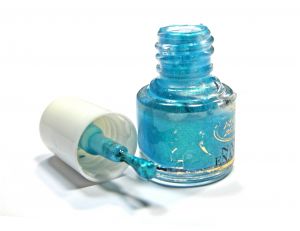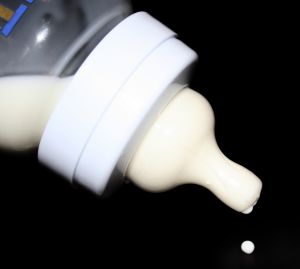Some occupations involve working with hazardous chemicals on a daily basis. In Kenser v. Premium Nail Concepts, Inc., a case from the Montana Supreme Court, plaintiff operated a nail salon from 1998 to 2009. In 1999, she began using a liquid nail product that was repackaged and distributed by defendant.
 In 2008, plaintiff developed painful boils on her face, rashes, and had trouble breathing. She filed a workers compensation claim, and the commission’s doctor diagnosed her with ethyl methacrylate (EMA) sensitivity. EMA is an ingredient in the liquid nail product sold by defendant.
In 2008, plaintiff developed painful boils on her face, rashes, and had trouble breathing. She filed a workers compensation claim, and the commission’s doctor diagnosed her with ethyl methacrylate (EMA) sensitivity. EMA is an ingredient in the liquid nail product sold by defendant.
Plaintiff learned about defendant’s product at a trade show in 1999. She chose to use it exclusively in her shop. When making an acrylic nail, nail salon workers mix defendant’s powder with their liquid product and apply it to client’s nail with a brush. After the acrylic is dry, the worker files it and shapes it before applying nail polish. It is common for workers to get the product on their own hands during the process. Workers are also exposed to fumes and dust during the process.
Continue reading
 Product Liability Lawyer Blog
Product Liability Lawyer Blog






